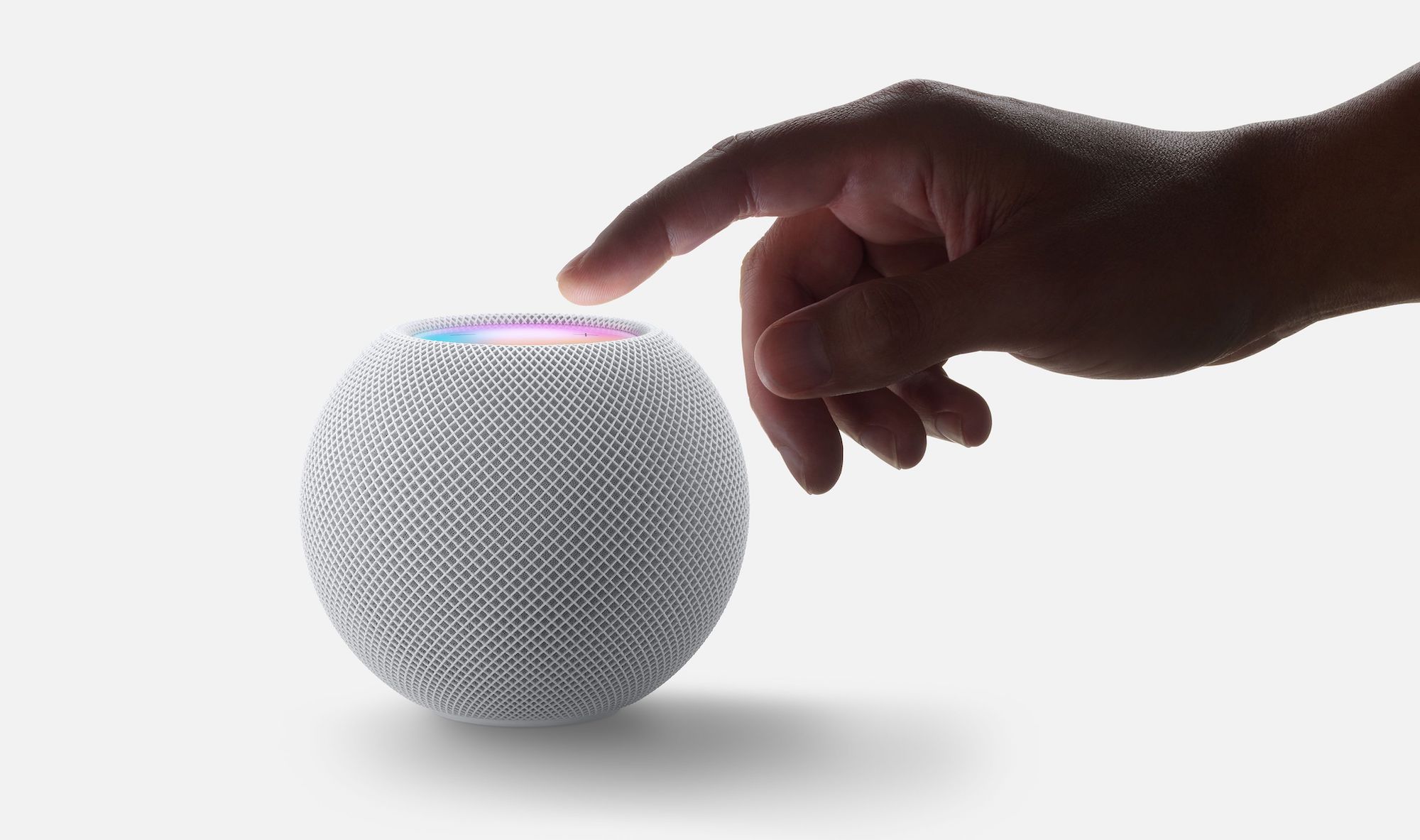
As disclosed on the specs page for Apple's new HomePod mini, the diminutive speaker is Apple's first to support Thread networking technology.

Thread is a low-power IP-based networking technology for connecting Internet of Things (IoT) devices, offering a secure, mesh-based system that makes it easy to build an ecosystem of devices.
While Thread is essentially agnostic to the application layers that run on top of it, it can support multiple layers and may play a role in Project Connected Home over IP, the alliance of Apple, Amazon, Google, and other companies that is seeking to make it simpler to build devices compatible with multiple ecosystems such as Siri, Alexa, and Google Assistant.
For the time being, however, Apple says in a footnote that HomePod mini's Thread support is limited to HomeKit devices, so the technology can't yet be leveraged cross-platform and it remains to be seen how Apple will embrace Thread going forward.
Apple is a noted supporter of the Thread project, with longtime Apple engineer Stuart Cheshire, who developed the Rendezvous/Bonjour zero-configuration standard nearly 20 years ago, serves as a director of Thread Group.
Apple's HomePod mini will be available for pre-order starting November 6, and it will officially launch on November 16.
Article Link: HomePod Mini Supports Low-Power Thread Networking Technology

